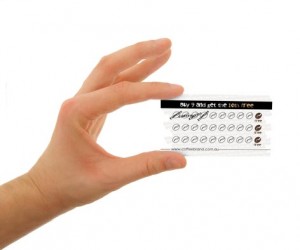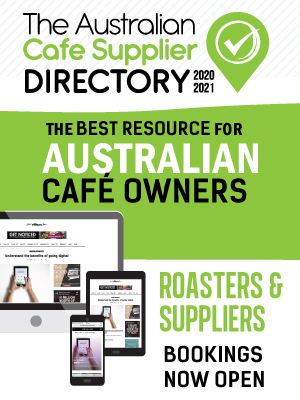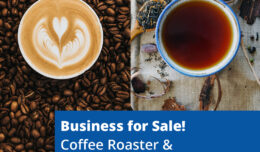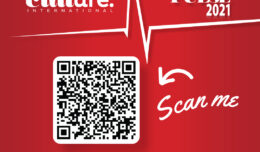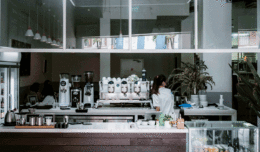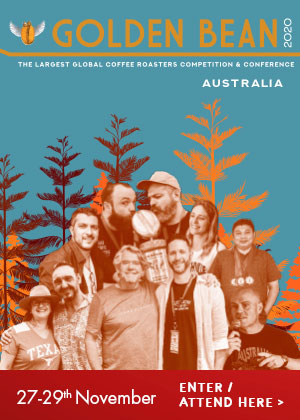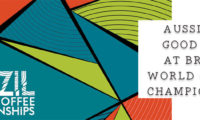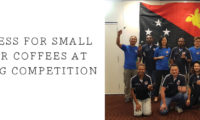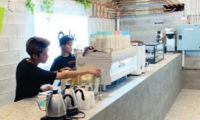Fifteen loyalty cards in my wallet and loyal to none. Loyalty, like celebrity and organic, is a term that has lost a large part of its ammunition through overuse.
These days it is not uncommon to find most people carrying around between 5 – 10 loyalty cards. When a lot of those cards are for different businesses within the same industry, it has arguably become a misnomer to call them ‘loyalty’ cards.
Loyalty cards have become an integral part of the consumer experience. In Australia alone, we print, punch, stamp, initial and then discard over 18 million paper loyalty cards every year. To put that into context, every 12 months we put a pile of cards that is 2.5 times the height of Sydney Tower into landfills across the country. Is it worth it? Do they really influence the purchasing decision? At the very least, do they actually generate loyalty?
Every business wants to grow their top line. Any promotional activity undertaken seeks to: 1) raise awareness; 2) encourage trials, and; 3) create customer advocacy. Loyalty cards go some way to addressing these by offering monetary awards like free coffee to create interest, provide the opportunity to sell additional products and hopefully get customers talking about it.
Amidst the ubiquity of loyalty cards, it is amazing to consider just how small the financial carrot actually needs to be to gain traction. After all, a typical buy 10 coffees get 1 free offer equates to just a 10% discount on a $3.50 product. While unlikely to influence your volume of coffee intake, it may just be enough to ensure you become a repeat customer.
Paper loyalty cards are relatively cheap, simple and readily accessible. They do, however, have limitations.
While loyalty cards appeal to value-seeking individuals, it is arguable whether they create ‘real ongoing loyalty’. Traditional loyalty cards are a one-size-fits-all solution that will inevitably find difficulty in influencing buying habits, as they sway towards the next more compelling value proposition of equal or better quality.
The ideal of any loyalty program is to increase the stickiness of customers, in order to maximise repeat patronage. Profits increase as the relationship with the customer lengthens. Over time, customers place greater value on quality, service, convenience, engagement and experience over minor monetary gains. Therein lies the opportunity to leverage technology to generate lasting customer relationships.
Real ongoing loyalty is created through engagement, insight and shared experiences. Consider the ‘Norm Peterson Effect’. Apart from being a classic sitcom, Cheers provided great insight into loyalty. Bar-fly Norm Peterson was greeted with a warm chorus of “Norm!” every time he entered his favourite bar. The barman would knowingly ensure that there would be a beer already waiting for Norm by the time he reached his preferred bar stool. Familiarity breeds a sense of belonging.
Familiarity and a feeling of ownership also go a long way in enabling customers to overlook certain shortcomings. Most of us don’t like confrontation and feel uncomfortable providing criticism, even when constructive. We would prefer to vote with our feet than raise the issue of a poorly made coffee or below par service. That said, however, it seems that we don’t mind talking to anyone else about it. On average, we tend to share a bad experience with 23 other people. This number will only increase as platforms such as blogs empower anyone to become a published critic. For café operators, the ideal position is that the customer raises any concerns with the management rather than elect to simply take their business elsewhere.
Outside of being greeted by name by a barista carrying nothing more than a smile and your favourite coffee, technology provides the ideal platform to engage with customers. Facebook, Twitter, websites and mobile phone apps have changed the way we interact with customers and the way we think about and use loyalty cards. Mobile phones, for example, provide the ideal platform to communicate and engage. After all, our mobile phone is seldom more than 3 feet away from us at any time day or night.
The way technology is being used to engage customers is only limited by our creativity. Bondi Beach’s Aqua Bar will soon provide surf reports to its customers via the Wealie Universal Loyalty Card App. Peaberry Espresso in Darlinghurst is using the same Wealie app to promote its weekly specials, while Favoloso in Bronte is using it to introduce new products in its deli, share recipes and notify customers of upcoming events.
Technology can be used to educate customers on the background of specific coffee blends, highlight key events, promote special offers to targeted customers, work as a message board, list health benefits of various ingredients, advertise catering services, entertain with banter or even be used for fundraising activities. These are all designed to enhance the relationship between operators and their customers. It is giving something to customers that is worth more to them than saving a few cents from somewhere else down the street. It’s that sharing of information, thoughts, insight or experiences with customers that creates a sense of ownership, and with ownership comes advocacy. It also reduces the reliance on discounting as means of attracting and keeping customers.
There is no substitute for a great coffee, a familiar smile behind the machine and great service. After all, a great coffee becomes a brilliant coffee within the confines of a very positive experience. Technology allows businesses to differentiate themselves and enhance the experience by adding value beyond the confines of the café. The ability to communicate and engage customers in real-time is a priceless tool and effectively starts from where loyalty cards leave off.
Now that we have the potential to save landfill from 18 m used paper loyalty cards by putting loyalty cards on universal loyalty card apps, we can start to work out what we can do about the 1.5bn non-recyclable paper cups that are discarded in Australia every year. We might save that one for next time …


